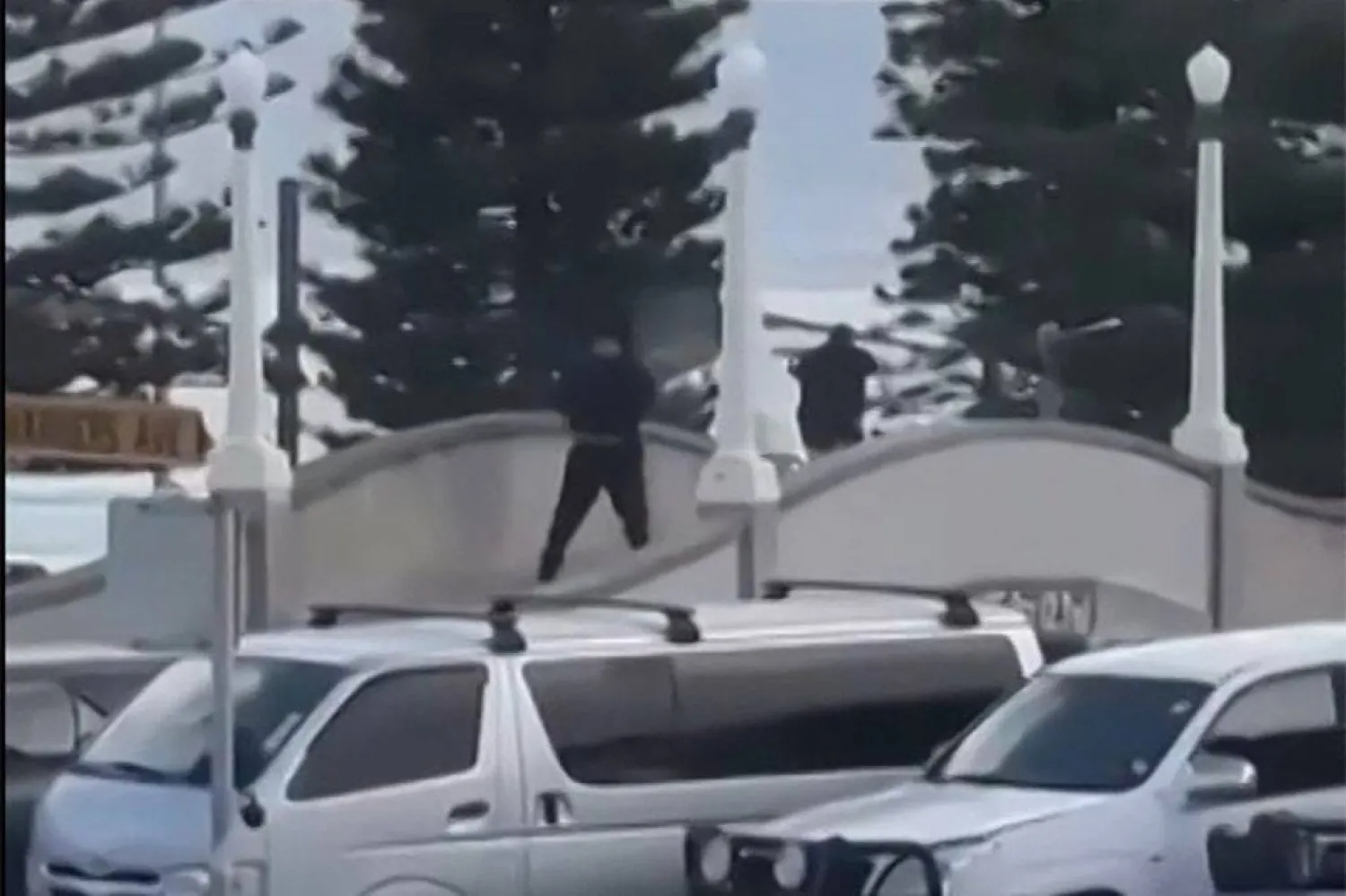South Korea and the United States kicked off on Monday the largest ever joint air drills between them, a move that North Korea has deemed an “all-out provocation".
The annual US-South Korean drill, called Vigilant Ace, will run until Friday, with six F-22 Raptor stealth fighters to be deployed among the more than 230 aircraft taking part.
The joint exercises between South Korea and United States are designed to enhance readiness and operational capability and to ensure peace and security on the Korean peninsula, the US military had said before the drills began.
The drills come a week after North Korea said it had tested its most advanced intercontinental ballistic missile (ICBM) capable of reaching the US as part of a weapons program that it has conducted in defiance of international sanctions and condemnation.
North Korea’s Committee for the Peaceful Reunification of the Country called US President Donald Trump “insane” on Sunday and said the drills would “push the already acute situation on the Korean peninsula to the brink of nuclear war”.
Seoul and Washington went ahead with their exercises, despite call from Russia and China to call them off.
Chinese Foreign Minister Wang Yi said it was “regrettable” that all parties had not “grasped the window of opportunity” presented by two months of relative calm before the North’s most recent test.
China and Russia had proposed that the United States and South Korea stop major military exercises in exchange for North Korea halting its weapons programs. Beijing formally calls the idea the “dual suspension” proposal.
Russia has accused the United States of trying to provoke North Korean leader Kim Jong Un into “flying off the handle” over his missile program to hand Washington a pretext to destroy his country.
Speaking at a news briefing in Beijing, Wang said China consistently opposed any behavior that elevated tensions.
“And measures that don’t abide by or are outside the UN Security Council resolutions lack basis in international law and damage the rights of United Nations members,” Wang said when asked about the prospect of further US sanctions against North Korea.
China’s Air Force said on Monday that its surveillance aircraft had in recent days conducted drills in the Yellow Sea and East China Sea to “improve combat-readiness and safeguard the country’s strategic interests”.
Around 12,000 US service members, including from the Marines and Navy, will join South Korean troops in the five-day drills. Aircraft taking part will be flown from eight US and South Korean military installations.
F-35 fighters will also join the drills, which will include the largest number of 5th generation fighters ever to have taken part, according to a South Korea-based US Air Force spokesman.
South Korean media reports said B-1B Lancer bombers could join the exercise this week. The US Air Force spokesman could not confirm the reports.
Trump said last week that additional major sanctions would be imposed on North Korea after Pyongyang’s intercontinental ballistic missile test.
Earlier last month, Trump put North Korea back on a list of state sponsors of terrorism, a designation that allows the United States to impose more sanctions.
North Korea has tested dozens of ballistic missiles and conducted its sixth and largest nuclear bomb test in September, in violation of UN Security Council resolutions.
It has said its weapons programs are a necessary defense against US plans to invade. The United States, which has 28,500 troops stationed in South Korea, a legacy of the 1950-53 Korean War, denies any such intention.
As tensions surged, US Senator Lindsey Graham, an influential Republican and foreign policy hawk, warned that the US was moving closer to "preemptive war" with the North.
"If there's an underground nuclear test (by the North), then you need to get ready for a very serious response by the United States," Graham told the CBS show "Face the Nation".
"The preemption is becoming more likely as their technology matures. Every missile test, every underground test of a nuclear weapon, means the marriage is more likely," he said.
His remarks echoed those of Trump's National Security Adviser HR McMaster, who told a security forum on Saturday that the potential for war with the North "is increasing every day".
The North has boasted that the Hwasong 15 ICBM tested on Wednesday is capable of delivering a "super-large" nuclear warhead anywhere in the US mainland.
Analysts agree that the latest test showed a big improvement in potential range, but say it was likely achieved using a dummy warhead that would have been quite light.
They say a missile carrying a much heavier nuclear warhead would struggle to travel as far.
They are also skeptical that Pyongyang has mastered the sophisticated technology required to protect such a warhead from the extreme temperatures and stresses encountered as the missile hurtles back to Earth.









